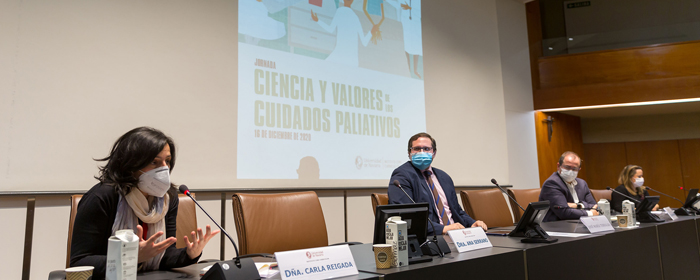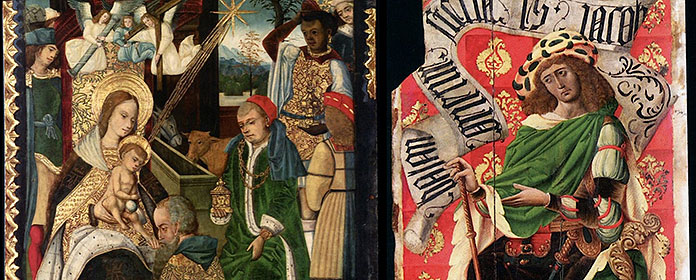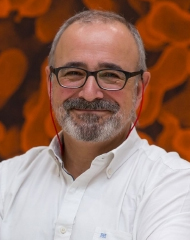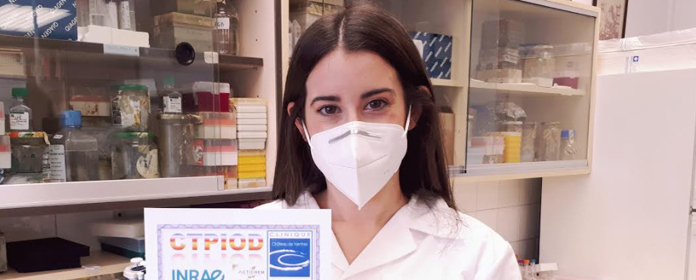Donation and transplantation: a way to save lives
The School of Nursing of the University of Navarra celebrates the Day of its patron saint with a roundtable with the participation of experts in organ donation for transplants.
The School of Nursing of the University of Navarra celebrated the day of its Patron Saint, St. Elizabeth of Hungary, with a roundtable entitled "Donation and transplants: a way to save lives".
The event, coordinated by Professor Maddi Olano, who has worked on this area, was also attended by Montserrat Lorente, nurse transplant coordinator of the Clínica Universidad de Navarra; Pedro Esquíroz, member of the board of the association de Donantes de Sangre de Navarra; Dr. Pedro Errasti, physician consultant of the Nephrology Service of the Navarra Blood Donors; and Patxi Irigoyen, a young bipulmonary transplant recipient due to cystic fibrosis. Clínica Universidad de Navarraand Patxi Irigoyen, a young bipulmonary transplant recipient due to cystic fibrosis.
As highlighted by Montserrat Lorente at roundtable,"the hardest part of this profession is talking to the family of the potential donor, due to the circumstances that usually surround the event: an unexpected death". However, she assured that in her experience"donation usually helps the family to mourn and gives meaning to the death of the loved one, by contributing in this way to giving life to other people".
For his part, Dr. Pedro Esquíroz made an appeal to raise awareness of the fact that being a blood donor represents a financial aid and a hope for society.
Live transplants: only 10%.
Likewise, Dr. Pedro Errasti, member of several nephrology, dialysis and transplant associations, explained that renal transplantation is the best alternative to CKD and how, more and more frequently, live transplants are being performed, "improving in some way the existing imbalance between people in need of a transplant and the shortage of donors". "In any case," he added, "this modality still does not reach 10% of transplants in Spain, with the exception of Catalonia, where it reaches 30%." In addition, the specialist pointed out that the life expectancy of the transplant recipient with a live organ "is much greater than if the organ comes from a cadaver".
Finally, Patxi Irigoyen, a young bipulmonary transplant recipient due to cystic fibrosis, vice-president of the Cystic Fibrosis of Navarra association , narrated his life experience before and after the transplant. He recalled that before the operation -which took place in 2001- he had a lung capacity of 19%. Eight years later, and due to his fondness for mountaineering, he almost reached the summit of the Tórtolas mountain, in the Andes, at 6,350 meters of altitude.




